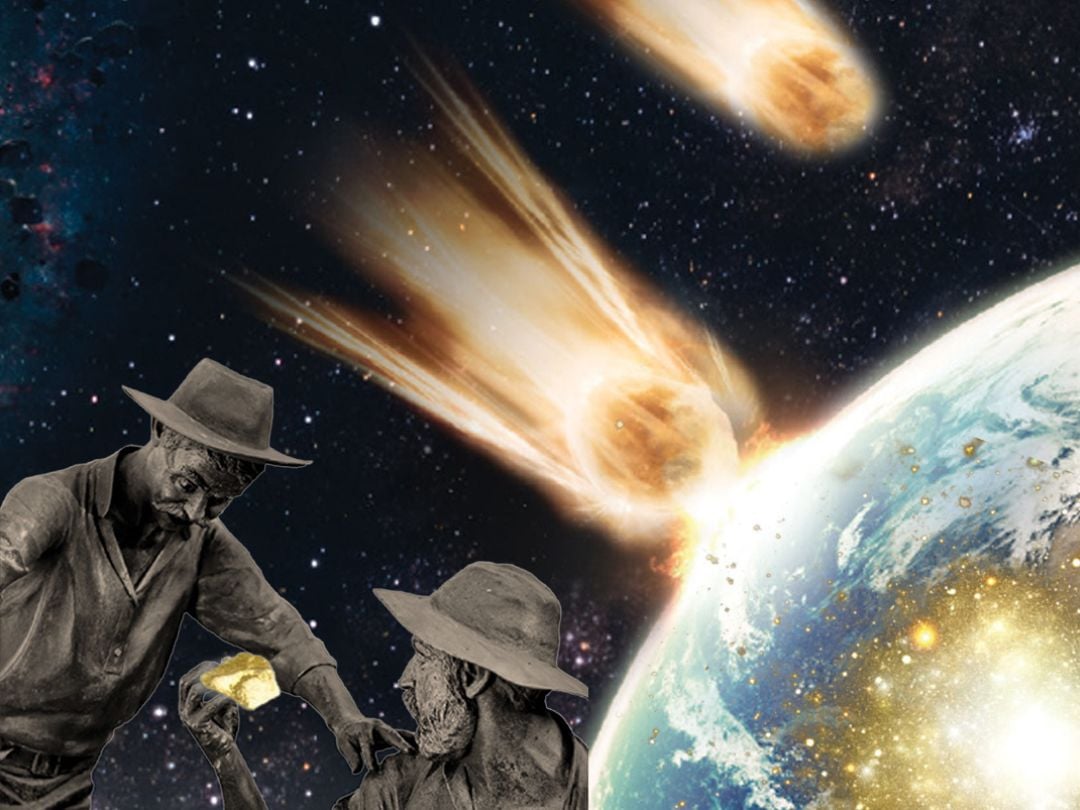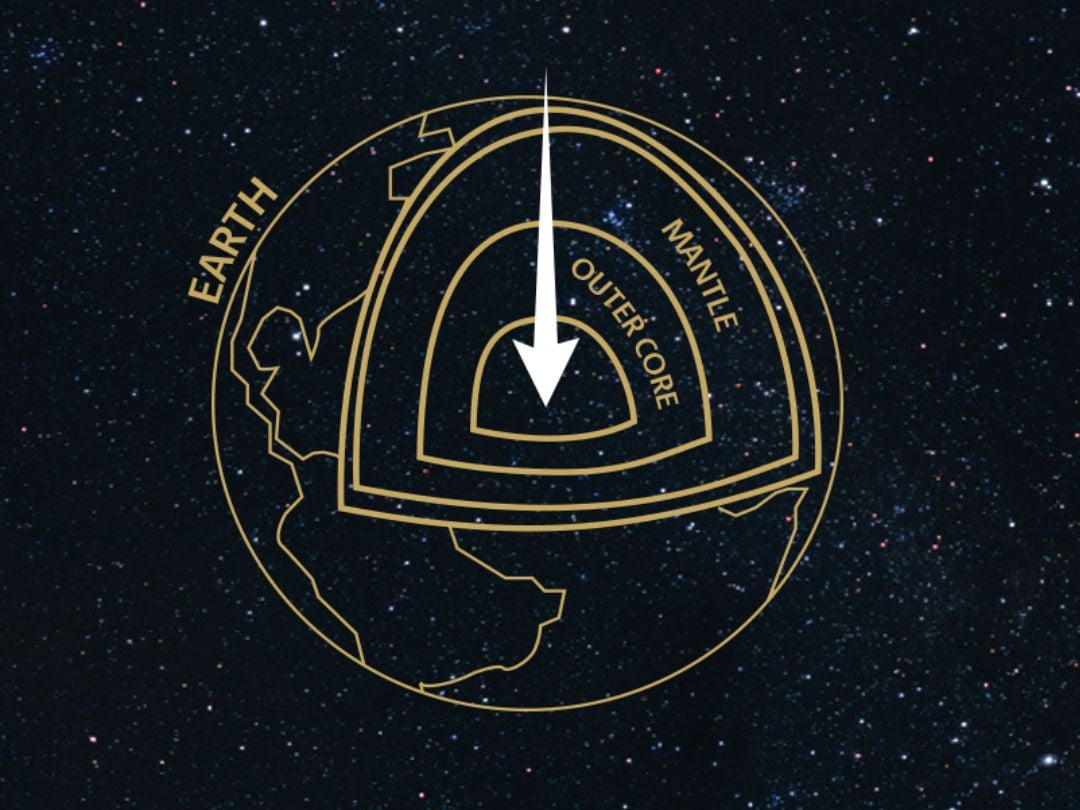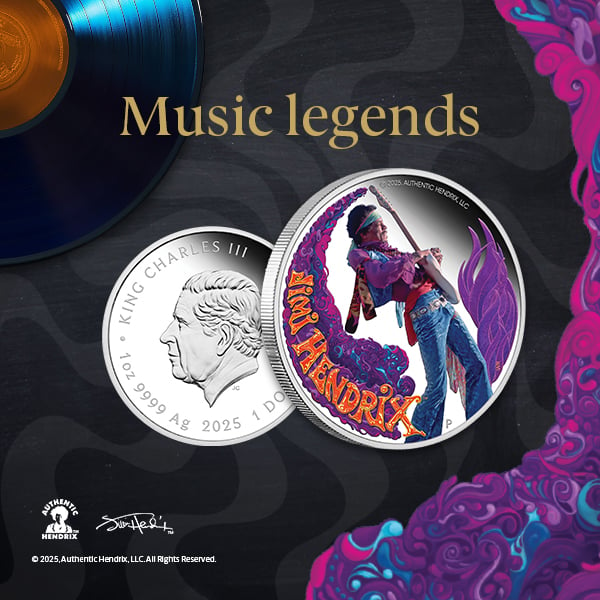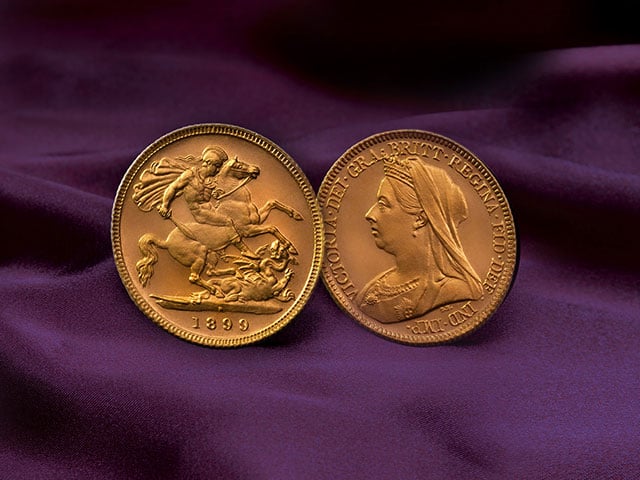Everything you need to know about gold in Earth’s crust

The beginnings of gold are nearly as old as time itself. After lying in wait inside the Earth for millions of years, gold fuelled a lustful pursuit that changed the course of humankind’s history. From its use as the bedrock of commerce, through to exquisite jewellery and ornaments, gold is an element that has had profound significance for civilisations and cultures over millennia.
The Incas thought gold to be the tears of the sun. Now, through modern science, we know there was truth in this ancient legend. To discover where gold’s story begins, we must look to the stars.
That’s right – gold really does come from space! This is different to other metals that form inside Earth’s crust.
All the gold you can see today comes from the collision of neutron stars. When two neutron stars smash into each other, the explosion involves enough pressure to forge elements heavier than iron – including gold.
But how exactly did this gold end up on Earth?
It’s likely that these gold particles were mixed up in a cosmic cloud of gas and dust expelled into space from the supernova that formed Earth.
Over time, the gold sank to Earth’s core but rose to the mantle and crust after asteroids hit the planet. Had Earth not been struck, much of this gold probably wouldn’t have been discovered as it would simply have been too deep to be unearthed.

Today gold is found in rock ore across the world, but the majority, an estimated 20 million pounds in weight, is actually at the bottom of the ocean. What is found on the surface in rocks is almost always in a pure state – with large deposits called nuggets or specimens and particles known as gold dust.
In the eastern states of Australia these deposits of gold took place in the earth hundreds of millions of years ago and thousands of millions of years ago in Western Australia. Gold specimens such as the King Henry, housed at The Perth Mint, are good examples of these types of deposit.
Often earthquakes help these deposits form when plates move. Hot fluid inside the Earth's crust push through the rocks over large areas and melt gold deposits. If fluids melt the gold for long periods of time, the fluids can carry other liquefied minerals, such as quartz.
Some rocks containing gold have moved to the surface over time, being eroded away. The gold in these rocks is then washed into creeks to form alluvial gold deposits. As gold is heavier than much of the matter moved by flowing water, it can become concentrated in recesses and troughs. It’s these gold deposits that sparked the Australian gold rushes of the 1850s, with people panning for gold.
How much gold is on Earth?
As of the end of 2021, around 205,238 metric tonnes of gold had been mined throughout history, according to the World Gold Council. It’s estimated there’s another 53,000 tonnes remaining in already identified underground reserves (as of end 2020), with Australia having 10,000 tonnes/19% of gold in these reserves.
Other deposits of gold, including the estimated amounts under the sea, are more difficult to calculate accurately, other than roughly estimating. The depths of this gold and the uneconomic ways of extraction may be the main reasons why it may never be uncovered.
References
https://www.ga.gov.au/education/classroom-resources/minerals-energy/australian-mineral-facts/gold
https://learnaboutgold.com/blog/how-is-gold-formed/
https://www.gold.org/goldhub/data/how-much-gold
https://www.mining.com/web/chart-how-much-gold-is-in-the-world/










